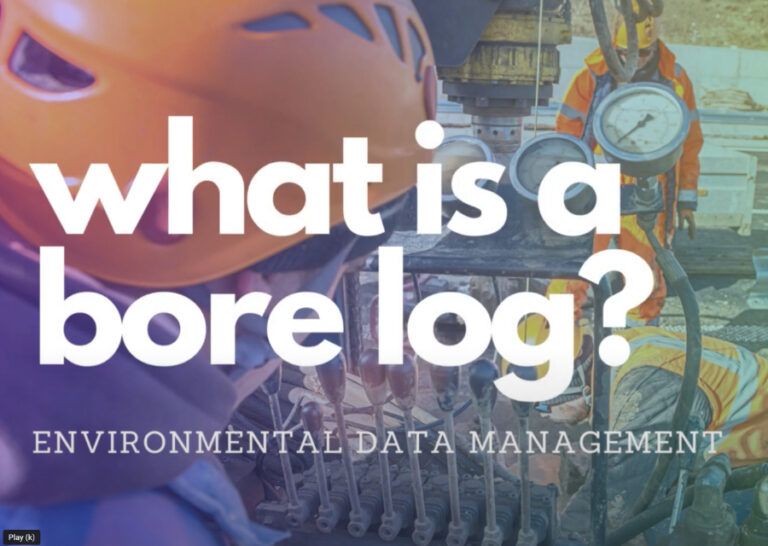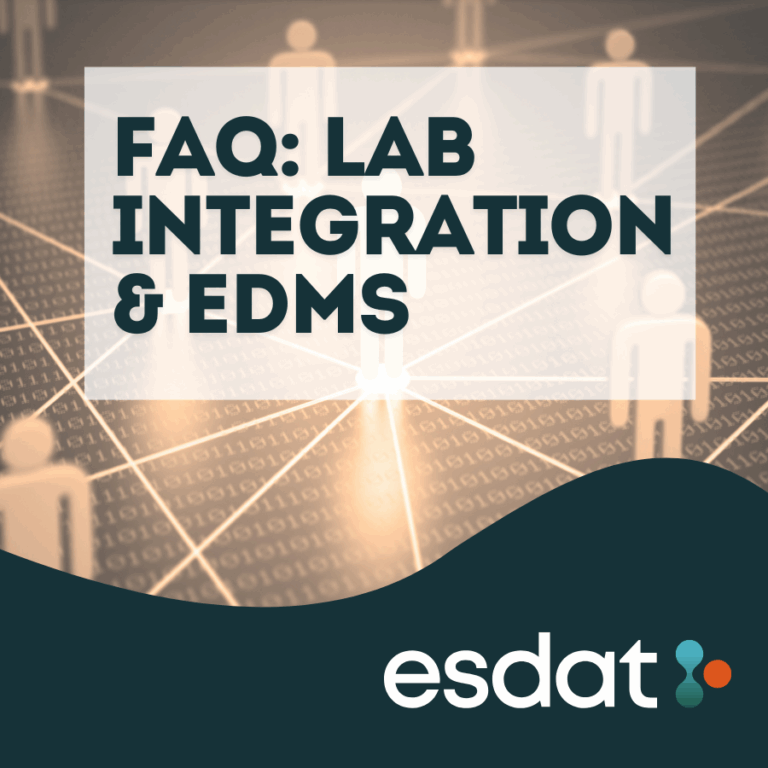
Environmental data refers to information collected about the natural world and the impacts of human activities on the environment. This data encompasses a wide range of parameters, including:
• Air Quality: Measurements of pollutants like carbon dioxide (CO2), sulfur dioxide (SO2), nitrogen oxides (NOx), particulate matter (PM), and volatile organic compounds (VOCs).
• Water Quality: Data on pH levels, contaminants such as heavy metals and organic pollutants, nutrient levels, dissolved oxygen, and microbial content in water bodies.
• Soil Quality: Information on soil composition, contaminants, pH, moisture content, and nutrient levels.
• Biodiversity: Data on species diversity, population sizes, habitat conditions, and the presence of invasive species.
• Climate Data: Temperature, precipitation, humidity, wind speed, and solar radiation measurements.
• Noise Levels: Data on ambient noise levels and sources of noise pollution.
• Waste Management: Information on waste generation, recycling rates, and disposal methods.
Why is Environmental Data Used?
Environmental data is essential for several reasons:
1. Regulatory Compliance:
• Ensures adherence to environmental laws and regulations.
• Helps in obtaining necessary permits and avoiding fines and penalties.
2. Environmental Monitoring:
• Tracks changes in environmental conditions over time.
• Identifies trends and potential problems early.
3. Impact Assessment:
• Assesses the environmental impact of industrial activities, construction projects, and other human activities.
• Supports Environmental Impact Assessments (EIAs) and other evaluation processes.
4. Resource Management:
• Informs sustainable management of natural resources like water, forests, and fisheries.
• Supports conservation efforts and biodiversity protection.
5. Public Health and Safety:
• Monitors pollutants and hazards that could affect human health.
• Provides data for public health studies and risk assessments.
6. Scientific Research:
• Provides a basis for environmental research and studies.
• Helps in understanding ecological and climate processes.
7. Policy and Decision Making:
• Informs policymakers and stakeholders for better decision-making.
• Supports the development and implementation of environmental policies and strategies.
8. Corporate Responsibility:
• Helps companies demonstrate their commitment to environmental stewardship.
• Aids in corporate sustainability reporting and improving environmental performance.
By collecting and analyzing environmental data, organizations can make informed decisions that protect the environment, comply with regulations, and promote sustainability.
Environmental Data Management Software, like ESdat, helps organizations collect, store, analyze, and report on environmental data. This software is essential for ensuring compliance with environmental regulations, improving operational efficiency, and supporting sustainability initiatives. Here are some types of software that assist with environmental data management:
1. Environmental Monitoring Software:
• Air Quality Monitoring: Software like Aeroqual and Envirosuite helps monitor air quality by collecting pollutant data, tracking emissions, and providing real-time alerts.
• Water Quality Monitoring: Platforms like AQUARIUS and YSI provide tools for monitoring water quality parameters such as pH, dissolved oxygen, and contaminants.
• Soil Quality Monitoring: Software such as SoilWeb and Teralytic helps manage soil quality data, including nutrient levels and contamination.
2. Environmental Compliance Software:
• Intelex Environmental Management: This company helps organizations comply with environmental regulations by tracking compliance requirements, managing permits, and generating reports.
• Enablon: Provides tools for managing compliance with environmental, health, and safety regulations, including data tracking and reporting features.
3. Data Management and Analysis Software:
• ESdat is a comprehensive data management system that automates data validation, storage, and reporting for environmental data. It supports integrating laboratory information management systems (LIMS) and GIS tools.
• EQuIS (Environmental Quality Information System): Developed by EarthSoft, this software is designed for managing, analyzing, and visualizing environmental data, including water, air, and soil quality data.
4. Geographic Information Systems (GIS):
• ArcGIS is a powerful GIS platform by Esri that allows users to visualize and analyze spatial environmental data. It is widely used for mapping and analyzing environmental impacts.
• QGIS: An open-source GIS software that provides tools for managing and analyzing geospatial data related to environmental monitoring and management.
5. Sustainability and Environmental Reporting Software:
• SpheraCloud: Offers tools for sustainability reporting, including data collection, analysis, and visualization to support corporate environmental responsibility initiatives.
• Enviance: Provides software for tracking and reporting environmental performance metrics, including greenhouse gas emissions, water usage, and waste management.
6. Remote Sensing and Satellite Data Software:
• ERDAS IMAGINE is a remote sensing application that enables users to prepare, display, and enhance digital images for mapping and monitoring environmental changes.
• Google Earth Engine: A cloud-based platform for planetary-scale environmental data analysis, Google Earth Engine leverages satellite imagery and geospatial data to monitor and manage environmental changes.
7. Laboratory Information Management Systems (LIMS):
• LabWare LIMS: Used for managing laboratory data, including sample tracking, data entry, and reporting, ensuring that environmental samples are processed efficiently and accurately.
• STARLIMS: Provides comprehensive lab data management solutions, including integration with environmental monitoring systems for seamless data flow.
These types of software are crucial for organizations involved in environmental monitoring, compliance, and management. They enable them to effectively manage their data, make informed decisions, and demonstrate their commitment to environmental stewardship.
Related Articles to Data Management
Environmental Data Confidence FAQs.






